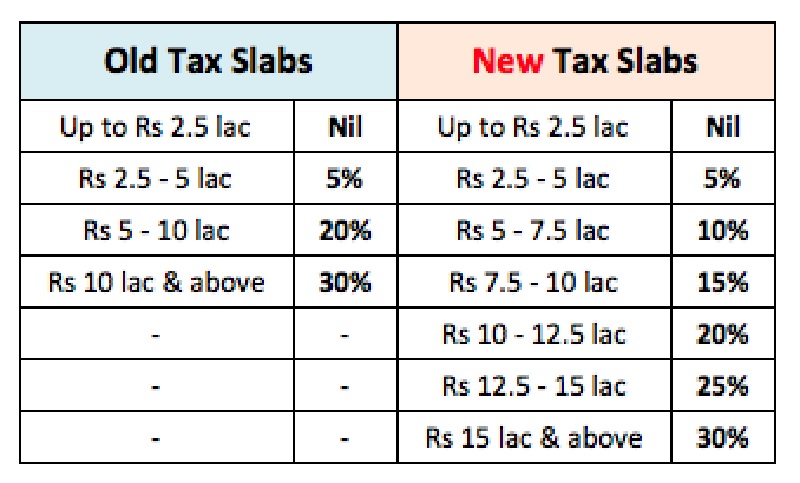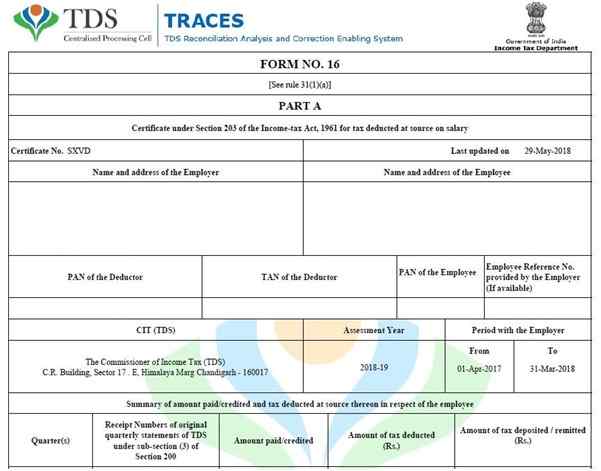The amount paid as head of salary arrears of employment, have you considered tax deduction under section 89 (1) on salary arrears: no,
Most of us do not know what relief is under 89. Most employees call it “relief89“
Now make out “How to calculate income tax on arrears of salary U/s 89(1)”.

What relief under Article 89
The income tax calculation depends on the income of the assessor, the arrears are part of the income that was received in the current year of last year. This means we are after that in previous years
In this Section, the tax department allows the assessor to reduce such difficulty under section 89 (1) of the Income-tax Act.
To take advantage of section 89 (1), it is mandatory to fill out a Form 10E.
Under Article 89 it is important to understand the claim and fill out Form 10E

Howto calculate relief under Section 89? With examples of relief under Section 89(1).
I would like to share my personal example with you (under section 89(1)
How to claim relief U/S 89(1) as well as the step-by-step process of how to calculate the relief under the department and get the benefit of the amount of payment paid.
F.Y. 2017-18. As a balance of 1,00,000 in the financial year which is my F.Y.2017-18. It was supposed to be in the financial year.
Step 1: I am working in a multinational company and my earnings for the F.Y.2020-21, including arrears, are 5,26,000/- the tax calculated for the financial year 2017-18 is 32,150.
Step 2: On the other hand, if my income is 4,28,000 after deducting my arrears in F.Y 2017-18, the tax amount for F.Y 2020-21 will be, 22,350/-
.Step 3: Subtract the amount of 9,800/- payable on both taxes.
Let’s go back:
Step 4: My earnings (if I received in 2020-21) including arrears in F.Y 2017-18 will be ₹ 3,51,000, the tax amount for F.Y 2017-18 will be, 18,780/-
Step 5: 2017-18 excluding my arrears (which is actual) in F.Y 2020-21 earnings of ₹ 251,000, F.Y 2017-18. the tax payable for this is ₹ 12,780/-.
Step:: After deducting the amount of both taxes 6,050/-
.In Final Step 7:
Subtracting both the differences we get 3750/-
This the amount we can get relief by filling up Form 10E under Section 89 (1) of the Income Tax Act.
Below Table simplify the example of relief under section89
| Particulars | Remark | Amount of Income | Income Tax | |
| Step 1 | Total Income for FY 2020-21 | Including arrears | ₹ 5,28,000 | ₹ 32,150 |
| Step 2 | Total Income for FY 2020-21 | Excluding arrears | ₹ 4,28,000 | ₹ 22,350 |
| Step 3 | Difference of Income tax Step 1 & Step 2 | ₹ 9,800 | ||
| Step 4 | Total Income for FY 2017-18 | Including arrears | ₹ 3,51,000 | ₹ 18,780 |
| Step 5 | Total Income for FY 2017-18 | Excluding arrears | ₹ 2,51,000 | ₹ 12,780 |
| Step 6 | Difference of Income tax Step 1 & Step 2 | ₹ 6,050 | ||
| Step 7 | Final Step Difference of Step 3 & step 6 | ₹ 3750 |
So, in this case, tax relief will be ₹ 3750/-
What is Form 10E?
To claim a refund under the amount due under section 899 (1), it is mandatory to fill the form without filling out the form. You cannot claim a refund of this amount. Form 10E allows you to enter details of all income and discounts for the year.






